For New York Jets fans, it was a feeling of sadness, despondency and familiar memories; a star quarterback injures his Achilles tendon in the first game of the season for a team that has Super Bowl aspirations.
While Vinny Testaverde’s 1999 season-ending injury hurt, for a team with realistic dreams of lifting a first Super Bowl title since 1968, Aaron Rodgers’ complete tear of his left Achilles felt like being punched in a still sore gut yet again.
For many neutrals, it was a feeling of disappointment at seeing an NFL great being ruled out until September next year, if he decides to return at all.
But for some of Rodgers’ fellow NFL players, the reaction to the 39-year-old’s season-ending injury was more visceral.
Watching one of their ranks be so cruelly struck down just four plays into a debut season with a new team, especially with so much excitement around the Jets, was gut-wrenching, and criticism has begun to rain down on league officials in an ongoing debate about playing on artificial turf rather than grass.
The most vociferous of those calls came from Rodgers’ former Green Bay Packers teammate and close friend David Bakhtiari who published a series of posts on X, formerly known as Twitter, suggesting that the artificial turf used at MetLife Stadium – the Jets home stadium where Rodgers sustained the injury – played some role in the four-time MVP’s Achilles tear.
“Congrats [NFL]. How many more players have to get hurt on ARTIFICIAL TURF??!” the five-time All-Pro left tackle posted. “You care more about soccer players than us.
“You plan to remove all artificial turf for the World Cup coming up. So clearly it’s feasible. I’m sick of this..Do better!”
In another post, Bakhtiari said: “Can we put an end to this sh*t already.”

Although six MLS teams play their home matches on artificial turf, all matches at the 2026 World Cup will be played on natural grass. In the NFL, 17 of the 32 NFL franchises play on an artificial surface of one form or another.
Bakhtiari’s calls were echoed by his fellow long-time Packers teammate and now Jets wide receiver Randall Cobb.
“We wanted the NFL to protect the players with grass fields, but the NFL is more worried about making money,” Cobb told reporters after the Jets’ win over the Bills, per The Athletic.
“Profit over people, it’s always been the case. I’ve never been a fan of turf. That’s my stance.”
CNN has reached out to the NFL for comment regarding Bakhtiari and Cobb’s comments.
After the game on Monday, Jets head coach Robert Saleh downplayed speculation about the role the new turf field at MetLife Stadium played in Rodgers tearing his left Achilles tendon.
“If it was a non-contact injury, I think that’d be something to discuss obviously, but that was kind of a forcible – I think that was trauma induced,” Saleh told reporters on Tuesday, though he added: “I do know the players prefer grass and there’s a lot invested in those young men.”
The best photos from the 2023 NFL season
Real or artificial
Synthetic turf was first introduced in the mid 1960s when the Houston Astrodome, known as the “Eighth Wonder of the World,” was opened as the home to the Houston Oilers.
Because it was cheaper and required less upkeep than grass, synthetic turf became popular across the league in the 1970s and 80s. The springier surface also allowed for faster, more explosive levels of action.
However, a desire to shift away from artificial turf to natural grass has been advocated by the National Football League Players Association (NFLPA), whose president, JC Tretter, wrote in April: “For more than a decade, players have been speaking out about their strong preference to work on natural grass over synthetic playing surfaces.
“Players have shared stories about how their bodies feel after playing on turf compared to grass, and the injury data for nearly a decade supports those anecdotes.”
In the article, the NFLPA referenced a “large media offensive” by the NFL to “push back against the historical data and players’ experiences” on artificial turf.
Tretter highlighted analysis shared by the NFL and collated by IQVIA – a third-party company that provides results to the league, the NFLPA and medical and football committees – indicating that injury rates between the two surfaces had gotten better from 2018 to 2021.
However, he argued, looking at data further back showed injury rates on synthetic surfaces were higher than on natural surfaces.
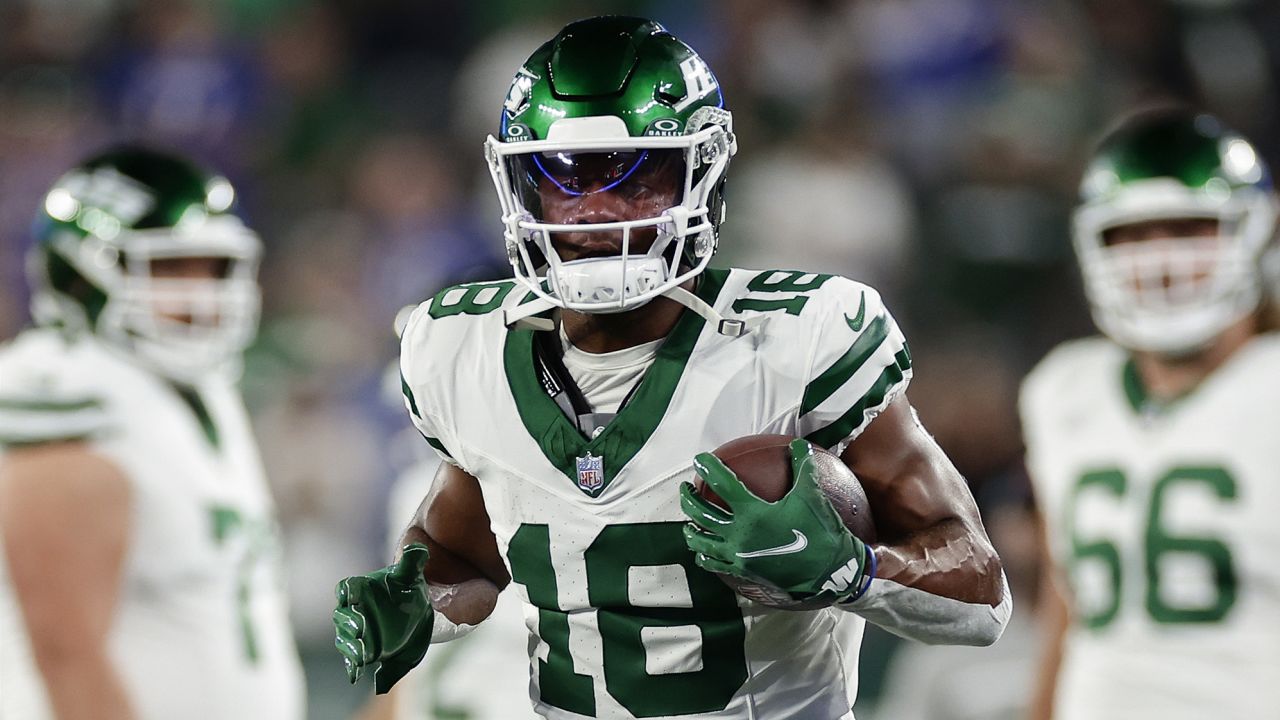
In 2021, the difference between the number of injuries sustained on the two surfaces was significantly smaller than previous years. However, the NFLPA president believes that single year is an anomaly and that there is a need for change.
Tretter also cited a study published in The American Journal of Sports Medicine in 2018 that showed higher rates of lower body injuries sustained on artificial turf than on grass.
In the study, injuries were studied between 2012 and 2016 and it found that play on synthetic turf resulted in a 16% increase in lower extremity injuries per play than that on natural turf.
“Instead of following the long-term data (which is clear on this issue), listening to players and making the game safer, the NFL used an outlier year to engage in a PR campaign to convince everyone that the problem doesn’t actually exist,” the former Packers and Cleveland Browns center said.
Tretter concluded: “The NFL and team owners have the resources to fix these safety issues with fields, and it is inexplicable why there is such a failure to protect players on an issue that EVERYONE knows is a problem.
“It makes absolutely no sense for European soccer clubs to visit the US every year … and play exhibition games at NFL stadiums on high-quality natural grass while NFL players are subjected to greater risk on artificial surfaces.
“And it is absolutely appalling that owners are more willing to provide safe fields for soccer players than for the football players who are the primary workers on those fields – and who, in many cases, helped pay for the stadiums where those fields lay.
“As much as the NFL wants to ignore the grass field issue, the data and their actions will continue to demonstrate their callous hypocrisy.”
At a virtual news conference on Tuesday, Jeff Miller – NFL executive vice president of communications, public affairs & policy and health & safety – said there was no difference in rates of Achilles injuries between natural grass and synthetic surfaces dating back to 2015.
“Because an injury happens on a surface doesn’t mean that it’s actually caused by that surface and, in this case, we haven’t seen a data difference for Achilles injuries,” Miller said.
“There’s a lot more work to do. We don’t want those injuries in the game. We want to prevent those that we can, especially major injuries like those and we’ll continue to do that through the data, through the research and through a great deal of effort.”
CNN has reached out to the NFL to inquire about the specific studies Miller referenced in his virtual media appearance and for comment on Tretter’s comments.
When asked on Tuesday what message it sends to league players that a few stadiums change their surface from artificial to grass for soccer and then revert back to the synthetic field for football, Miller said: “We do spend a lot of time thinking about surfaces and their injury rates and how those relate to how our game is played in the particular use cases for football.”
He added: “There are certain natural grass surfaces that from an injury rate perspective have a lower injury rate than synthetic surfaces and some synthetic surfaces that have a lower injury rate than natural grass.
“We want to drive all of those down and the only way to do that is to understand the characteristics of each of those surfaces and how they contribute to injury or don’t contribute to injury.”

In a statement on Tuesday, NFLPA executive director Lloyd Howell questioned why “inferior artificial surfaces” were acceptable for the NFL.
“Moving all stadium fields to high quality natural grass surfaces is the easiest decision the NFL can make,” Howell said.
“The players overwhelmingly prefer it and the data is clear that grass is simply safer than artificial turf. It is an issue that has been near the top of the players’ list during my team visits and one I have raised with the NFL.
“While we know there is an investment to making this change, there is a bigger cost to everyone in our business if we keep losing our best players to unnecessary injuries.
“It makes no sense that stadiums can flip over to superior grass surfaces when the World Cup comes, or soccer clubs come to visit for exhibition games in the summer … This is worth the investment and it simply needs to change now.”
Discussions over the injury risk of playing on artificial turf or grass isn’t confined to the NFL.
A review of studies published in eClinicalMedicine in April concluded that the overall incidence of injuries in soccer “was 14% (7%–21%) lower on artificial turf than on grass” and that “men and women both had lower injury incidences on artificial turf.”
While the debate is sure to rage on in the NFL between the players and the league, what remains is a shocked fan base, team and a player whose dreams of raising the championship trophy have been deflated by a major injury.
Aaron Rodgers’ season-ending injury highlights controversy over artificial turf as playing surface in NFL - CNN
Read More

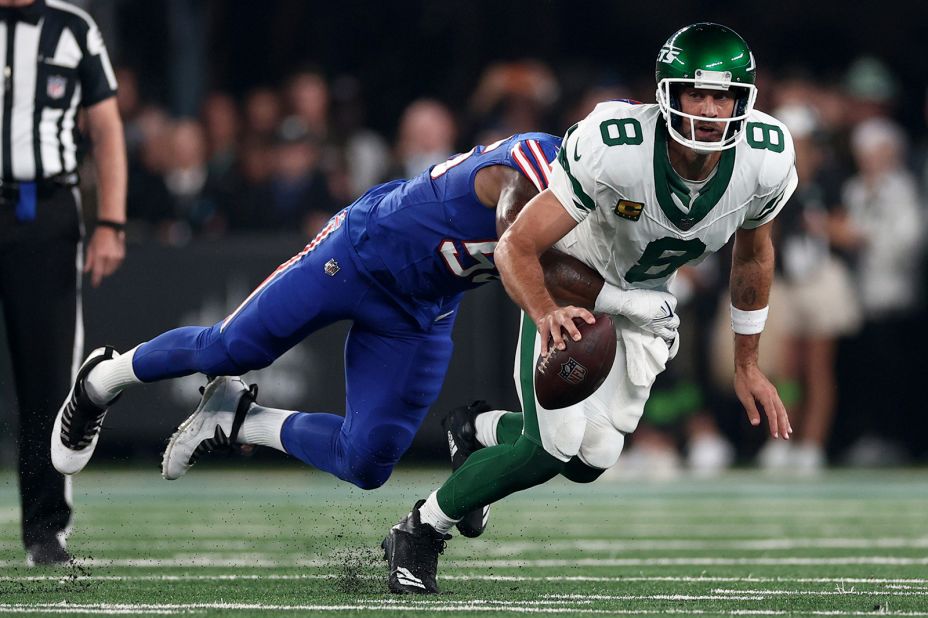

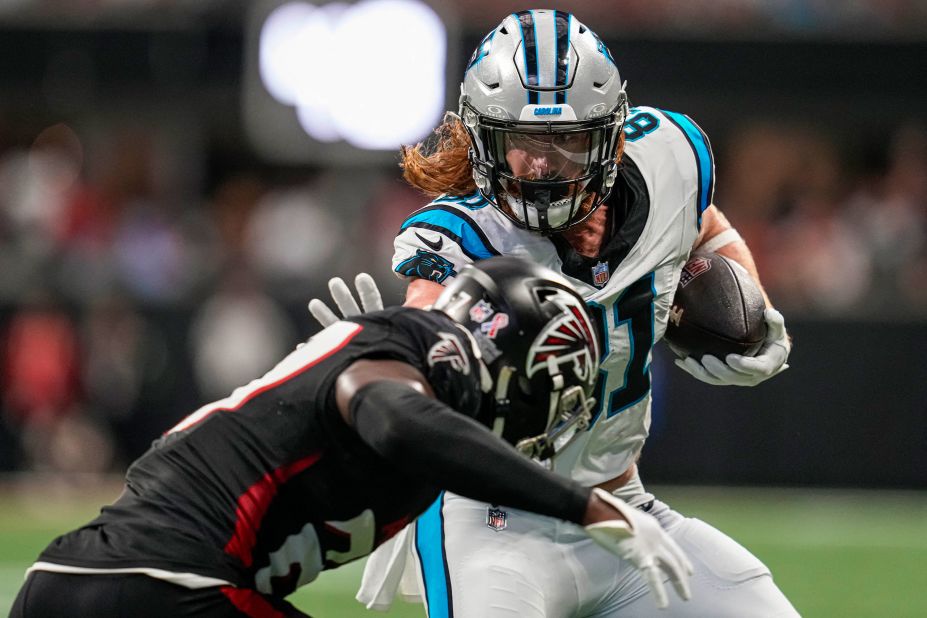
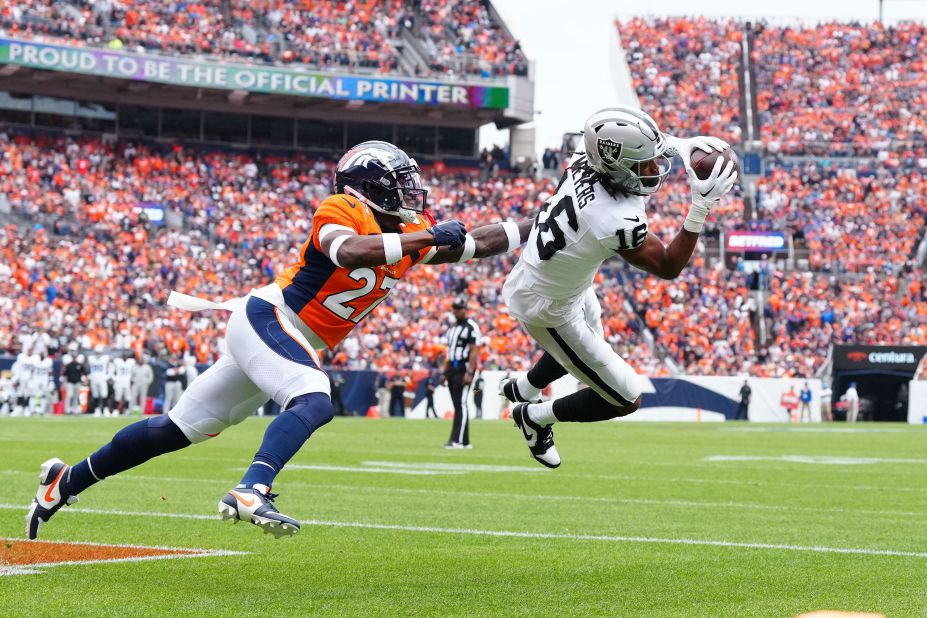
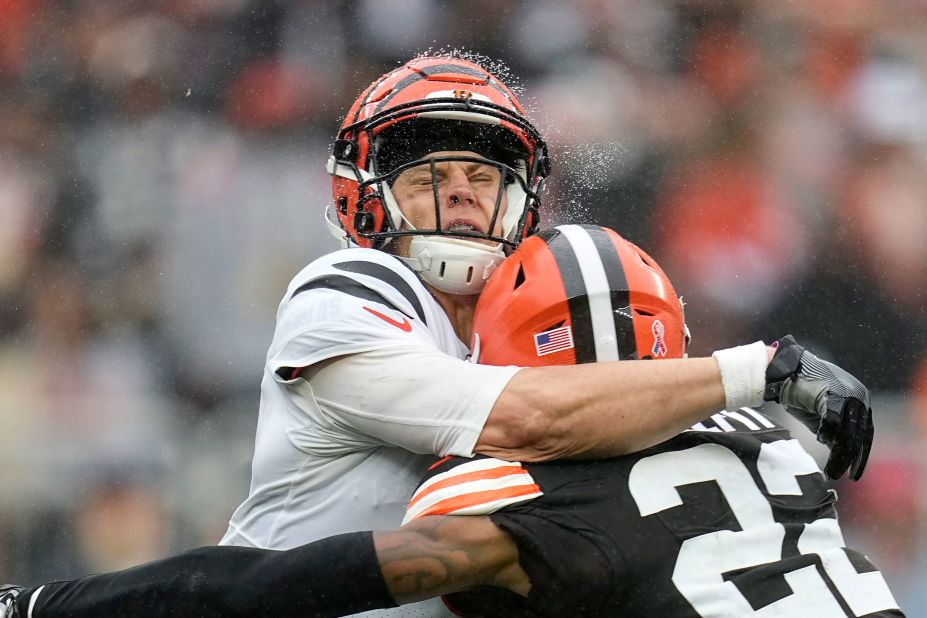
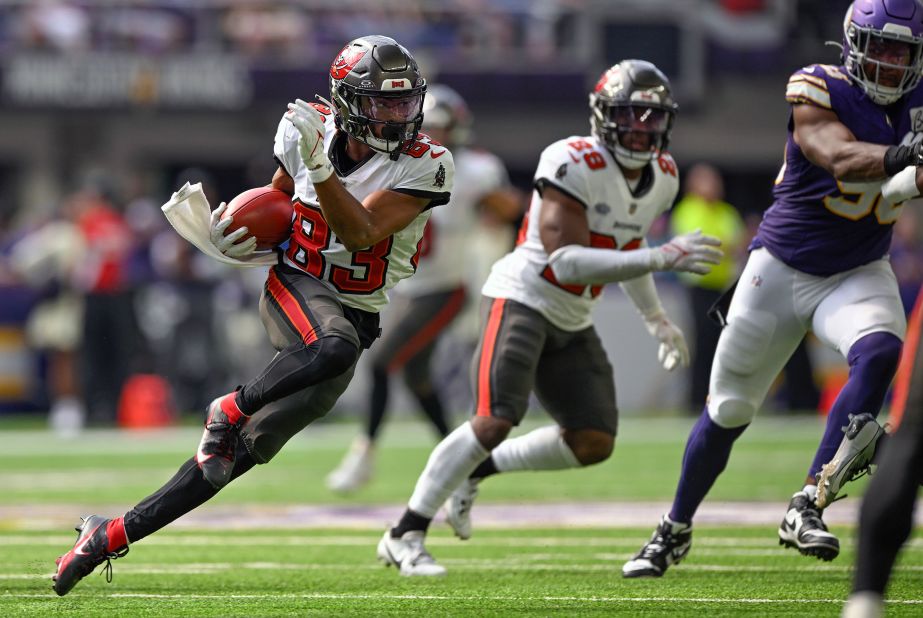
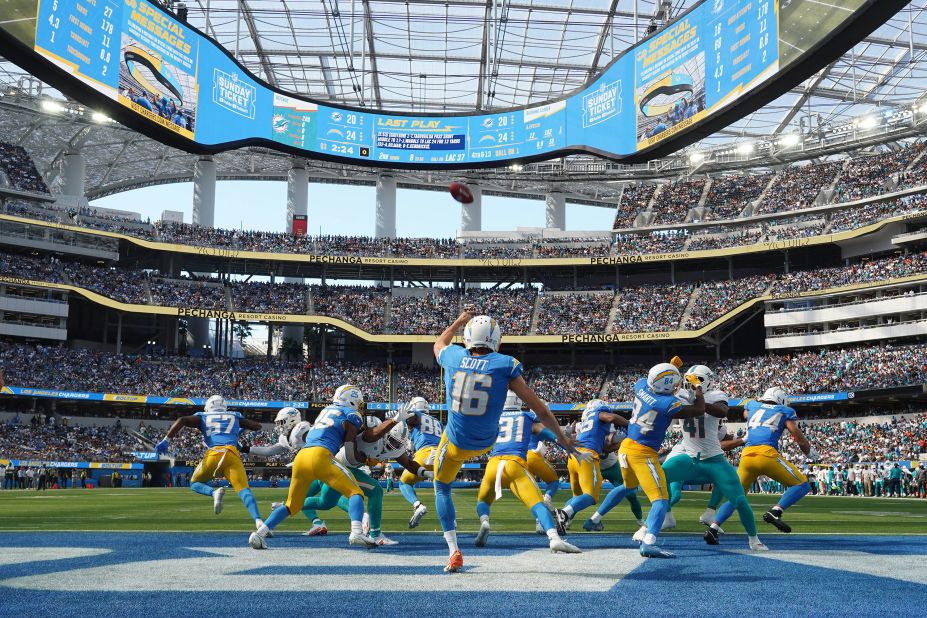
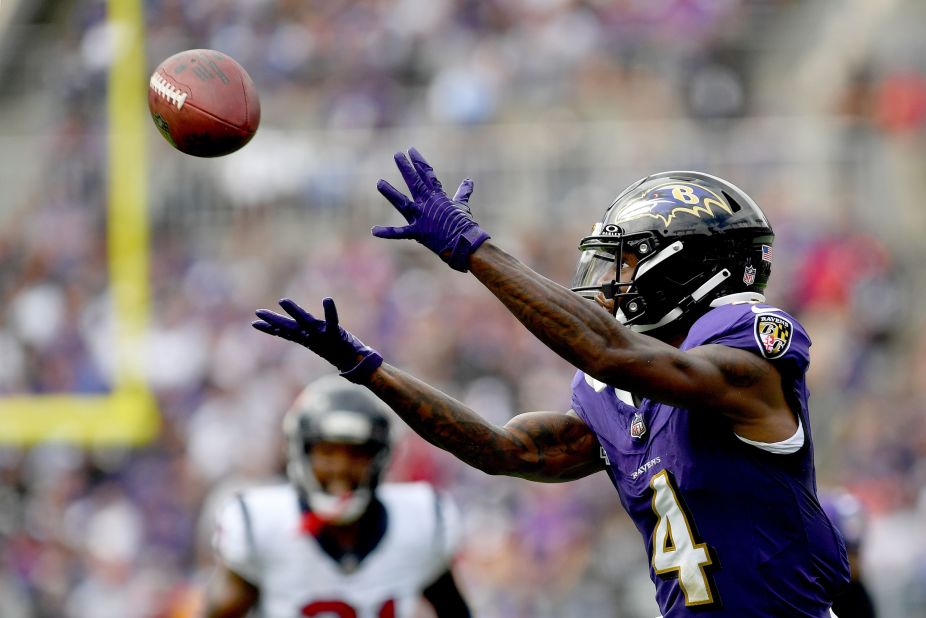

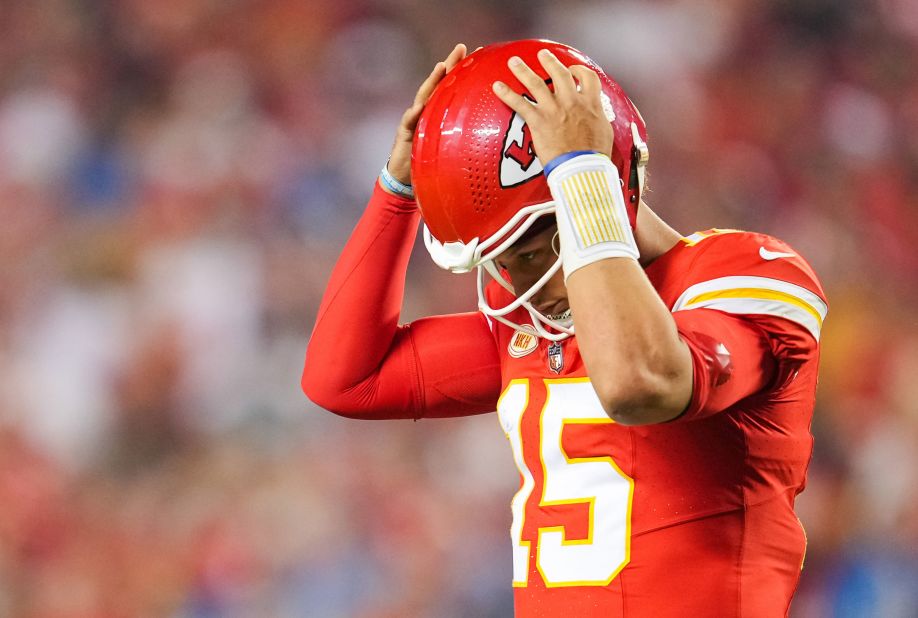


No comments:
Post a Comment